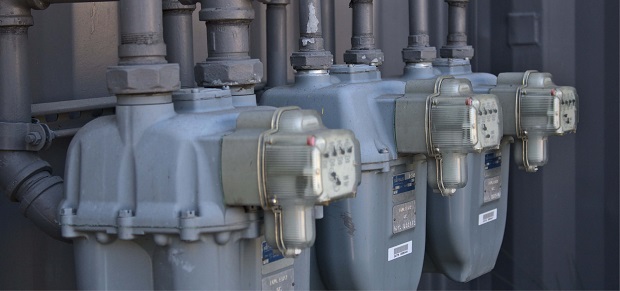Dragonwear
HEATWAVES AND POWER OUTAGES

We can all agree that summer is a fun-filled season; water parks, hikes, and BBQs are just a few things that come to mind when we think of summer, but we rarely think of heatwaves and power outages.
Power outages (also called power failure, power loss, or blackout) are the loss of electrical power supply to its customer.
Outage Types
Power outages fall into three categories:
Transient fault - Occurs only once and it can't be traced later on. Many transient faults are caused by abnormal electrical currents.
Brownout - An intentional or unintentional drop in voltage in an electrical supply. The term brownout comes from the dimming lighting when the voltage dips.
Blackout - This is a total loss of power to an area. The most severe form of a power outage that can occur.
Brownouts and blackouts can be intentional or unintentional in order to save power during times of emergency or when demand exceeds the supply.

High Temperatures and Power Outages
As the temperatures begin to rise, so does the use of air conditioners. The high use of electricity taken up by a running AC unit could result in a power outage. Because of their size, the amount of power, and the fact that they shut on and off throughout the day, AC units are one of the most common causes of power outages.

Air conditioners require a lot of power to operate which can overload a circuit breaker that shuts off the flow of power in order to prevent damage to an electrical system. However, when one powerline is down another is taking on the electrical load which can lead to a domino effect potentially creating a widespread power outage.

Power Crisis
Bloomberg Green states that outages are possible for states with soaring temperatures and abnormal drought conditions, leading states to compete for electricity. Blackouts threaten the entire western U.S. as dozens of states head into the summer with too little electricity. If a heatwave strikes the whole region at once, the high electricity demand will strain power grids.
California’s power crisis in 2020 was the first indication of how serious the regional power shortfall had become. As the demand for air conditioning remains high, we’ll continue to contend with power outages.

Lineworkers Are First Responders
When the lights go out, the electric crews spring into action to restore power as quickly and safely as possible. Lineworkers are the first to assess the situation to identify the outage cause and determine a solution.
Lineworkers dedicate their time to setting up and maintaining power lines that keep electricity flowing. While we may not see them as first responders, they are the first to respond to natural disasters to restore the power needed for medical facilities, businesses, and residences.

How Long Do Power Outages Last?
Power outages typically last a day or two. However, some can last weeks.
We saw the impact firsthand when 2 million Texas households went a week without power during a massive winter storm as the state's electric grid operator lost control of the power supply. The electricity demand increased as homes tried to stay warm. Texan residents experience blackouts like they never have before due to the amount of electricity being consumed.
Damages from the power outage were estimated at $195 billion, making it the costliest natural disaster in Texas history.
There are many causes of power failures in an electricity network, including faults at power stations, damage to electric transmission lines, substations, or other parts of the distribution system, a short circuit, cascading failure, fuse, or circuit breaker operation.
Source: https://www.truenorthgear.com/news/heatwaves-and-power-outages
